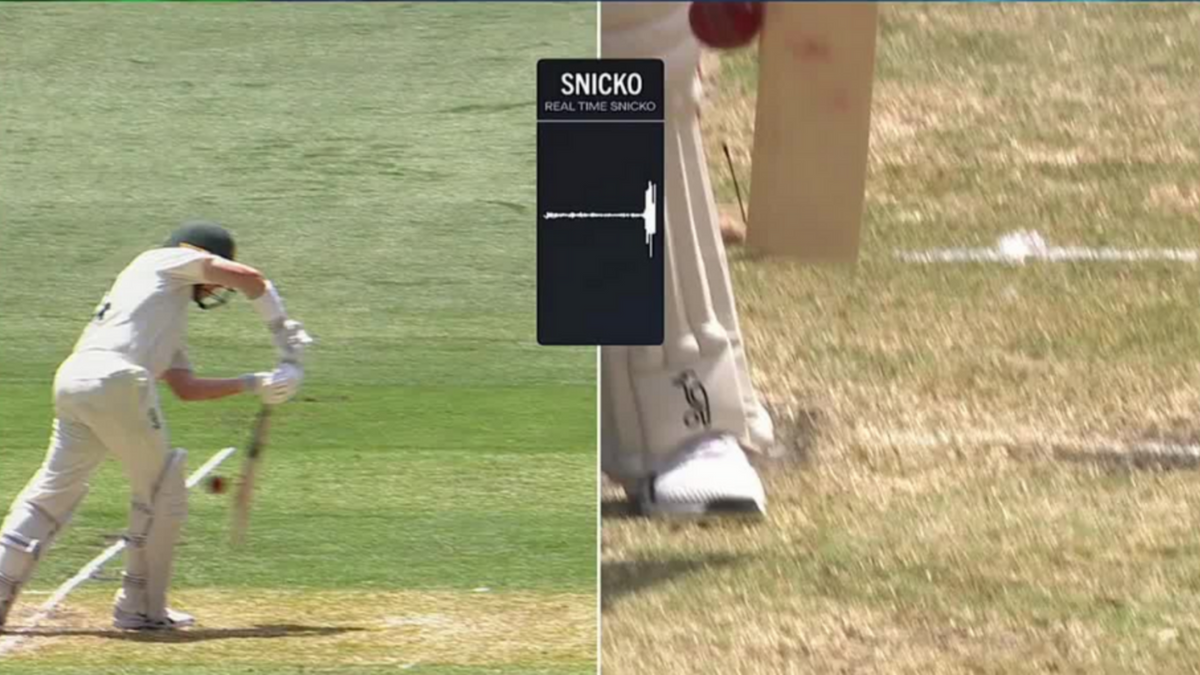
Australia opener Marcus Harris was audibly unimpressed with the Hot Spot technology that’s used as part of the DRS process after its replays initially proved inconclusive when the Victoria batter went for review.
Sign up to bet365 to be entered into a draw for the chance to win a Wisden t-shirt of your choice, terms and conditions apply, more information here 18+ begambleaware.org
Harris – whose place in the side was in doubt going into the MCG Test – was given out lbw for 36 by umpire Paul Reiffel off the bowling of Ben Stokes. Harris immediately signalled to review the decision.
The third umpire Rod Tucker was first given images from Hot Spot – technology that uses infra-red cameras to measure heat generated by friction caused by the contact of different objects – but didn’t see anything that convinced him to overturn the on-field decision. A very faint mark could be seen on Harris’ bat, but Tucker didn’t deem that as definitive evidence.
Fortunately for Harris, Tucker was then shown Real Time Snicko (RTS) that definitively proved that Harris had indeed inside-edged the ball onto his pad. The decision was then overturned.
Shortly after the overturned lbw call, the stump mic picked up a conversation between Harris and Stokes where the pair discussed the review and Tucker’s subsequent decision to overturn. Harris – after admitting that while he was sure his bat made contact with something, he wasn’t certain what it made contact with – said that Hotspot – that failed to conclusively detect what RTS showed to be a sizeable edge – was “f****** hopeless”.
Harris battled through a difficult first session on the second day to reach reach 48 not out at the interval, his highest score in Test cricket for 15 innings – a stretch that spanned nearly three years.








